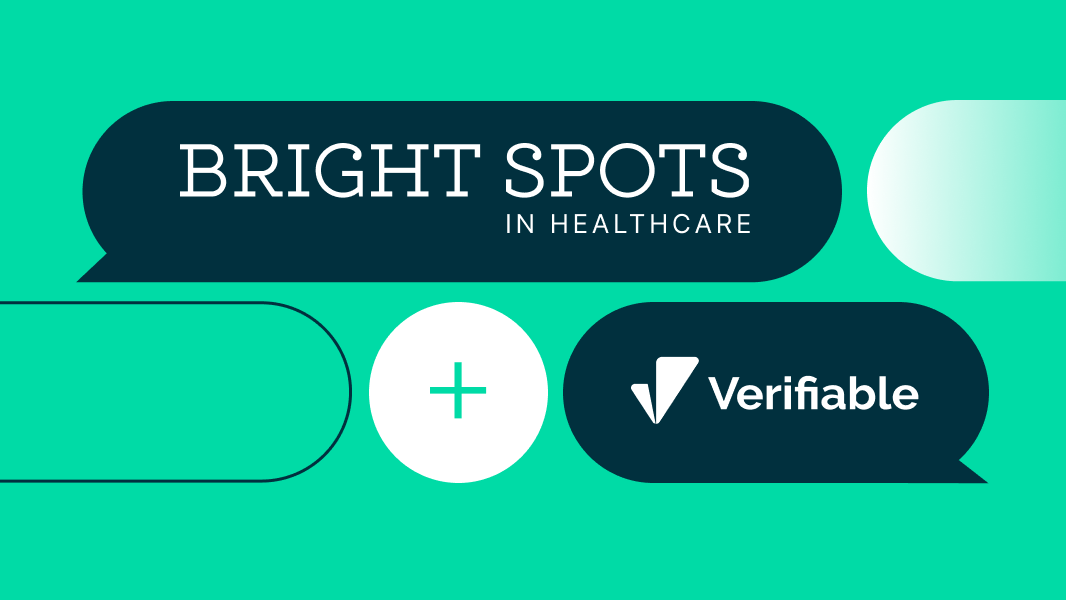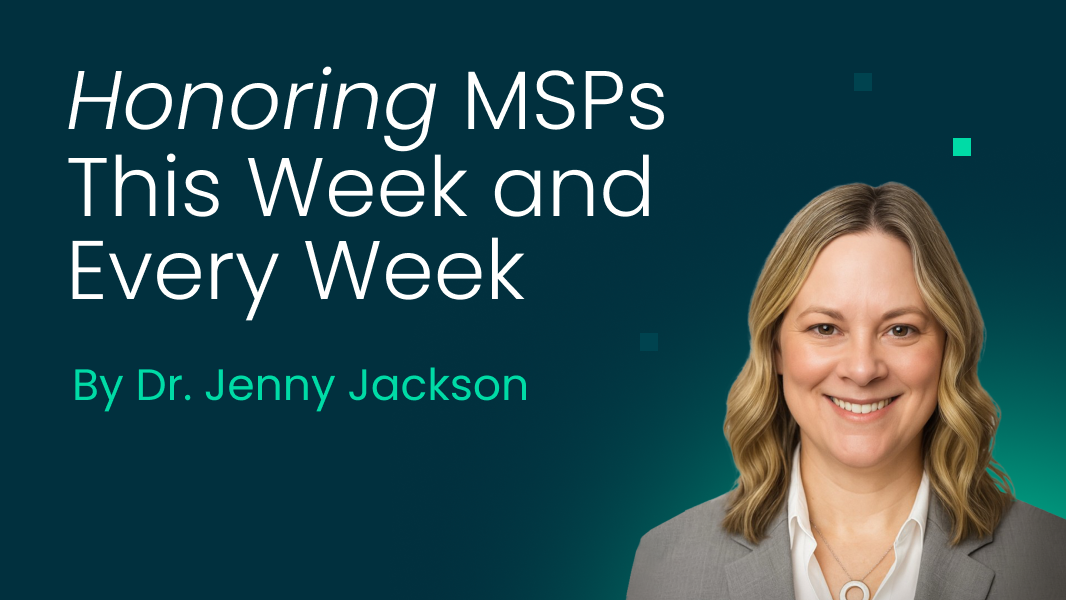For health plans, maintaining a high-quality provider network is essential for compliance, patient safety, and member growth. Proactive provider network monitoring plays a crucial role in not just maintaining the status quo, but for aligning incentives with providers and care delivery systems. Ultimately, payers need ongoing provider network compliance for growth.
Read on as we explore the unique challenges payer organizations face when it comes to provider compliance, discuss the ramifications of improper provider network monitoring, and talk about the advantages of ongoing provider network monitoring automation for health plans (hello, Verifiable!).
Challenges of Provider Network Compliance for Health Plans
Health plans (or payer organizations), which have the large responsibility of collecting payments, processing claims, and paying providers, need to manage their extensive provider networks. As provider networks grow, the likelihood of sanctioned or excluded providers slipping through the cracks becomes nearly unavoidable. However, the proactive approach of ongoing network monitoring offers more accurate and timely visibility for identifying risk and staying in compliance.
Compliance with regulatory standards is just one aspect of what network leaders must manage. They must also consider network adequacy, provider recruitment, and adherence to legislation such as the No Surprises Act. The larger the network, the greater the repercussions if providers are found to be excluded, sanctioned, expired, suspended or have revoked licenses. For payers, this means potential financial losses (sometimes to the tune of millions), legal penalties, and reputational damage when it comes to attracting new provider talent or partnering with healthcare delivery organizations.
In other words, the more providers in-network, the more difficult it becomes to monitor each provider effectively. Without the right monitoring solutions in place, risks and penalties increase alongside network size.
Ramifications of Improper Provider Network Monitoring
Failing to properly monitor a provider network can have serious consequences for payer organizations:
- Reimbursing a Sanctioned or Excluded Provider: Paying providers who are not in good standing can lead to significant financial and legal repercussions. This not only affects the payer's financial health but also their credibility. Financial losses can be substantial, especially when reimbursements must be clawed back after discovering a provider was ineligible.
- Patient Safety Concerns: Providers who do not meet necessary standards compromise patient safety, leading to adverse health outcomes. This can result in increased claims and higher costs for payers. Patient safety incidents also lead to further scrutiny from regulatory bodies, potential lawsuits, and weakened relationships between payers and physicians.
- Degraded Quality Metrics: The presence of non-compliant providers negatively impacts the overall quality metrics of the network, affecting performance evaluations and trust. Payers rely on these metrics to demonstrate value and efficiency to their stakeholders. Poor healthcare quality metrics can also influence contract negotiations with employers and other stakeholders who seek assurance that the network delivers high-quality care.
Automation Advantage for Payers/ Health Plans
Ongoing monitoring involves a continuous, automated review of various state and federal sources to validate provider credentials and conduct. This type of automation offers a significant advantage for managing health plan provider networks. With ongoing provider network monitoring, much of the heavy lifting of network compliance can be set to autopilot, ensuring continuous oversight without manual intervention.
Here are some key benefits of automated ongoing monitoring for payers:
Set Monitoring on Auto-Pilot
Automating the monitoring process allows for real-time data collection and analysis. This ensures that any changes in provider status are detected immediately, enabling swift corrective actions. For payers, this means fewer disruptions and a more stable network. Automation reduces the workload on in-house medical credentialing specialists, allowing them to focus on more strategic tasks over manual checks.
Automated provider network monitoring systems continuously scan the state and federal database source lists to ensure that providers are in good standing. This real-time monitoring identifies potential issues before they escalate. For instance, if a provider's license expires or if they are sanctioned, the system will flag this immediately, allowing the payer to take corrective action.
Alerts Are Delivered When a Problem Is Detected
Proactive monitoring systems can deliver alerts when a problem is detected. This allows for timely interventions and minimizes the risk of compliance breaches. Automated alerts ensure that no critical issues are overlooked, helping payers maintain a high standard of care and compliance.
For example, if a provider is flagged on an exclusion list, an automated system will instantly notify the network administrator. This prompt notification enables the payer to suspend the provider's ability to see patients within the network until the issue is resolved. Such timely interventions are crucial for maintaining network integrity, ensuring patient safety, and catching fraudulent billing.
Include More Sources in Your Monitoring
Automation enables the inclusion of a wide range of data sources in the monitoring process. Instead of just hitting the NCQA-required monthly monitoring of OIG, SAM, NPDB, State Sanctions and Exclusions, and Medicare Opt-Out, automation makes it possible to take compliance a step further. With an ongoing provider network monitoring solution, DEA Registration, NPI Verification, SSA-DMF, OFAC, and State Licenses can also be regularly checked.
This comprehensive approach ensures that all relevant information is considered, enhancing the accuracy and reliability of compliance checks. For payers, this means more robust data and better decision-making capabilities. By integrating multiple sources, there is a more holistic view of each and every provider's compliance status.
Provider Network Visibility
Automated network monitoring with real-time primary source verifications, provides greater visibility into the provider network. This makes it easier to manage and maintain the network, ensuring that all providers meet the required standards for your health plan. Enhanced visibility also aids in identifying potential issues before they escalate, allowing payers to be proactive rather than reactive.
Comprehensive dashboards and reporting tools offered by automated systems allow network administrators to monitor compliance status at a glance. They will also only flag issues that require attention. These tools provide detailed insights into each provider's status, recent changes, and any outstanding compliance issues in a manageable way. With this level of visibility, payers can quickly identify trends, spot potential risks, and take corrective actions without being bogged down.
Why Verifiable for Your Health Plan’s Provider Network Monitoring?
Verifiable offers a robust solution designed to address the unique challenges of large provider networks. Here's why Verifiable is a top pick for payers and health plans looking to roll in powerful automation:
Better Source Integrations
Verifiable integrates with thousands of data sources to provide comprehensive monitoring. This ensures that all relevant information is captured and analyzed, facilitating accurate compliance checks. For payers, this integration means less manual work and more reliable data.
The platform pulls data from various federal and state databases, professional boards, and other relevant sources in real-time. This ensures that all necessary checks are performed without the need for extensive manual intervention. By automating data collection and integration, Verifiable reduces the risk of human error and ensures that the most up-to-date information is always available.
Built for Optimizing Large Networks
The platform is designed to handle the scale of large networks, ensuring reliable performance even as the network grows. This scalability makes Verifiable suitable for payer organizations with extensive provider networks, or those that are growing rapidly. Payers can trust that Verifiable will grow with them, maintaining performance and compliance.
As networks expand, the complexity of managing provider compliance increases. Verifiable's scalable infrastructure ensures that it can handle large volumes of data and provide real-time monitoring without compromising performance. This is particularly important for payer organizations that aim for faster medical credentialing and provider onboarding.
Seamless Integrations with Salesforce and Other APIs
Verifiable’s integration with Salesforce and other APIs ensures seamless data flow and management. This allows for efficient monitoring and management of provider networks, reducing the administrative burden on network leaders. For payers, this means streamlined operations and better use of resources.
By integrating with existing systems like Salesforce, Verifiable ensures that compliance data is easily accessible and actionable. This integration allows for seamless workflows, where compliance checks can be initiated and tracked directly within the payer's existing CRM or provider management system. Such integrations simplify processes and improve efficiency.
Easy Reporting for Network Visibility
Verifiable offers detailed reporting capabilities, providing insights into the provider network's compliance status. This visibility is crucial for making informed decisions and maintaining high standards of care. For payers, detailed reports mean better oversight and accountability.
The platform's reporting tools allow administrators to generate comprehensive reports on compliance activities, provider statuses, and any identified issues. These reports can be customized to meet specific needs and are essential for demonstrating compliance with regulatory bodies, stakeholders, and auditors. Regular reporting helps maintain transparency and accountability within the network. Plus, there is true ROI when it comes to provider data transparency in healthcare and payer organizations.
Ongoing Audit-Readiness
The platform ensures that organizations are always audit-ready by maintaining thorough documentation of compliance activities. This proactive approach not only promotes trust and credibility but also facilitates a smoother audit process, minimizing disruptions and potential compliance issues. Payers benefit from being prepared for audits at any time, reducing stress and potential penalties.
NCQA audit readiness is a critical aspect of maintaining a compliant provider network. Verifiable's automated documentation of all compliance activities ensures that detailed records are readily available. This documentation includes logs of all checks performed, alerts issued, and actions taken, providing a clear audit trail. Being audit-ready at all times reduces the risk of non-compliance and associated penalties and promotes regulatory review confidence.
TL; DR: Maintain Provider Compliance with Ongoing Provider Network Monitoring
Maintaining a high-quality provider network requires proactive monitoring to ensure compliance, patient safety, and efficient healthcare delivery. Payer organizations face unique challenges in managing large networks, and the ramifications of improper monitoring can be severe. Automation, with ongoing network monitoring software like Verifiable, offers significant advantages by setting monitoring to autopilot, delivering critical alerts, and broadening regulatory scope.
- Why Ongoing Provider Monitoring: Ongoing monitoring involves a continuous, automated review of sources like OIG, SAM, NPDB, State Sanctions and Exclusions, and Medicare Opt-Out to ensure provider compliance. In short, it saves a whole lotta manual data crunching.
- Challenges of Provider Network Compliance: Payer organizations must manage large networks while ensuring regulatory compliance, network adequacy, provider recruitment, and adherence to legislation like the No Surprises Act. Failure can lead to financial losses, legal penalties, and reputational damage.
- Ramifications of Improper Monitoring: Flimsy provider network monitoring can result in financial and legal repercussions, such as reimbursing sanctioned providers, fines, compromising patient safety, and degrading quality metrics. After all, there are nearly 215,000 unique healthcare exclusions across 43 State and two Federal exclusion lists (*jaw drop*).
- Advantages of Ongoing, Automated Provider Network Monitoring: Automated monitoring provides real-time data collection, immediate alerts, and reduces manual workload, ensuring compliance. It includes sources like DEA Registration, NPI Verification, SSA-DMF, OFAC, and State Licenses for comprehensive checks.
- Why Verifiable?: Verifiable integrates with thousands of data sources, scales for large networks, and offers seamless API integration with platforms like Salesforce. It provides detailed reporting and ensures continuous audit readiness with thorough compliance documentation.
Managing extensive provider networks necessitates a robust and automated approach to compliance monitoring. Payers must prioritize the integration of advanced monitoring solutions to navigate the challenges of compliance, mitigate risks, and uphold the highest standards of patient care.

.svg)




